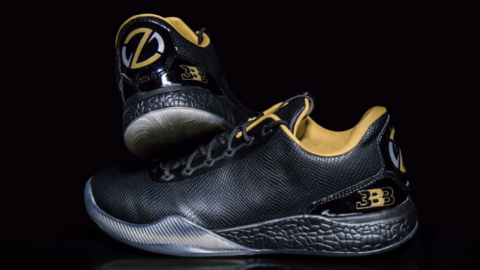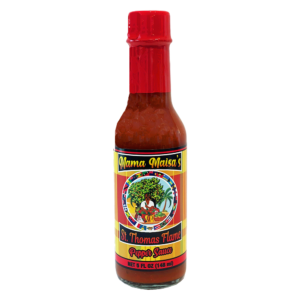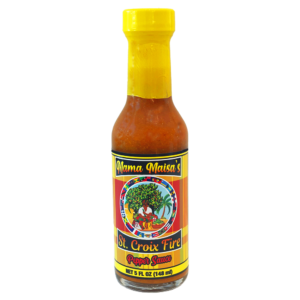Source: O’Bannon v. NCAA
Author: Open Source
O’Bannon v. NCAA is an antitrust class action lawsuit filed against the National Collegiate Athletic Association (NCAA). The lawsuit, which former UCLA basketball player Ed O’Bannon filed on behalf of the NCAA’s Division I football and men’s basketball players, challenges the organization’s use of the images of its former student athletes for commercial purposes. The suit argues that upon graduation, a former student athlete should become entitled to financial compensation for NCAA’s commercial uses of his or her image.[1][2] The NCAA maintains that paying its athletes would be a violation of its concept of amateurism in sports.[3] At stake are “billions of dollars in television revenues and licensing fees.”[4]
On June 6, 2013, District Judge Claudia Wilken found for O’Bannon, holding that the NCAA’s rules and bylaws operate as an unreasonable restraint of trade, in violation of antitrust law.[5] The Court said it would separately enter an injunction regarding the specific violations found. In September, 2015, the Ninth Circuit Court of Appeals affirmed, in part, and reversed, in part, the District Court’s ruling.[6] March 2016, O’Bannon’s lawyers appealed the case to the Supreme Court of the United States.[7] The Supreme Court denied Certiorari on October 3, 2016.[8]
History
In July 2009, Ed O’Bannon, a former basketball player for UCLA who was a starter on the UCLA’s 1995 national championship team, and the NCAA Basketball Tournament Most Outstanding Player of that year, filed a lawsuit against the NCAA and the Collegiate Licensing Company, alleging violations of the Sherman Antitrust Act and of actions that deprived him of his right of publicity.[9] He agreed to be the lead plaintiff after seeing his likeness from the 1995 championship team used in a video game without his permission.[10] The game featured a UCLA player who played O’Bannon’s power forwardposition, while also matching his height, weight, bald head, skin tone, No. 31 jersey, and left-handed shot.[11] In January 2011, Oscar Robertson joined O’Bannon in the class action suit.[12] Bill Russell is also among the 20 former college athletes who are plaintiffs.[10]
Electronic Arts and the Collegiate Licensing Company (CLC), both original co-defendants with the NCAA, departed from the case and finalized a $40 million settlement that could net as much as $4,000 to as many as 100,000 current and former athletes who had appeared in EA Sports basketball and football video games since 2003.[13][14]
Trial and verdict
The trial against the NCAA lasted from June 9 to June 27, 2014.[15] Final written closing statements were submitted on July 10.[16]
On August 8, 2014, Wilken ruled that the NCAA’s long-held practice of barring payments to athletes violated antitrust laws.[17] She ordered that schools should be allowed to offer full cost-of-attendance scholarships to athletes, covering cost-of-living expenses that were not currently part of NCAA scholarships. Wilken also ruled that college be permitted to place as much as $5,000 into a trust for each athlete per year of eligibility.[18]
The NCAA subsequently appealed the ruling,[18] arguing that Wilken did not properly consider NCAA v. Board of Regents of the University of Oklahoma. In that case, the NCAA was denied control of college football television rights, but the court also stated: “To preserve the character and quality of the ‘product,’ athletes must not be paid.”[19]
References
- Streeter, Kurt (July 22, 2009). “Former UCLA star Ed O’Bannon leads suit against NCAA over use of images”. Los Angeles Times.
- “Former Bruin O’Bannon sues NCAA”. ESPN.go.com. Associated Press. July 21, 2009.
- Pierce, Charles P. (June 20, 2014). “How It Ends”. grantland.com. Archived from the original on June 20, 2014.
- Pierce, Charlie S. (February 6, 2013). “The O’Bannon Decision”. Grantland. Retrieved 2013-08-01.
- “[T]he Court finds that this restraint does violate antitrust law.” p.98, O’Bannon v. NCAA, N.D. Cal., Aug. 8, 2014.
- O’Bannon v. National Collegiate Athletic Association, 802 F. 3d 1049, (9th Cir., 2015)
- Berkowitz, Steve (15 March 2016). “O’Bannon plaintiffs ask Supreme Court to take case”. USA Today. Retrieved 27 March 2016.
- “”Supreme Court Orders, Monday, October 3, 2016″” (PDF).
- “The NCAA Lawsuit”. Frontline. PBS. October 4, 2011. Retrieved 2013-08-01.
- “NCAA antitrust trial set for June 9”. ESPN.com. May 23, 2014. Archived from the original on May 24, 2014.
- Jump up^ Fainaru, Steve; Farrey, Tom (July 24, 2014). “Game Changer”. ESPN.com. Archived from the original on July 28, 2014.
- (January 26, 2011). “Robertson joins suit vs. NCAA”. Yahoo! Sports.
- Munson, Lester (June 8, 2014). “NCAA athletes get their day in court”. ESPN.com. Archived from the original on June 11, 2014.
- Farrey, Tom (May 31, 2014). “Players, game makers settle for $40M”. ESPN.com. Archived from the original on June 11, 2014.
- Mandel, Stewart (February 20, 2014). “Judge allows Ed O’Bannon v. NCAA to proceed to trial”. SI.com. Archived from the original on May 8, 2014.
- Berkowitz, Steve (July 11, 2014). “Closing briefs are in; O’Bannon case in hands of judge”. USA Today. Archived from the original on July 15, 2014..
- Strauss, Ben; Tracy, Marc (August 8, 2014). “N.C.A.A. Must Allow Colleges to Pay Athletes, Judge Rules”. The New York Times. Archived from the original on March 16, 2015.
- Jessop, Alicia (March 13, 2015). “Pay for play: NCAA schools keep eye on legal cases”. CNBC.com. Archived from the original on March 25, 2015.
- Strauss, Ben (March 18, 2015). “N.C.A.A. Appeal of Ruling in O’Bannon Case Is Heard”. The New York Times. Archived from the original on March 25, 2015.






















